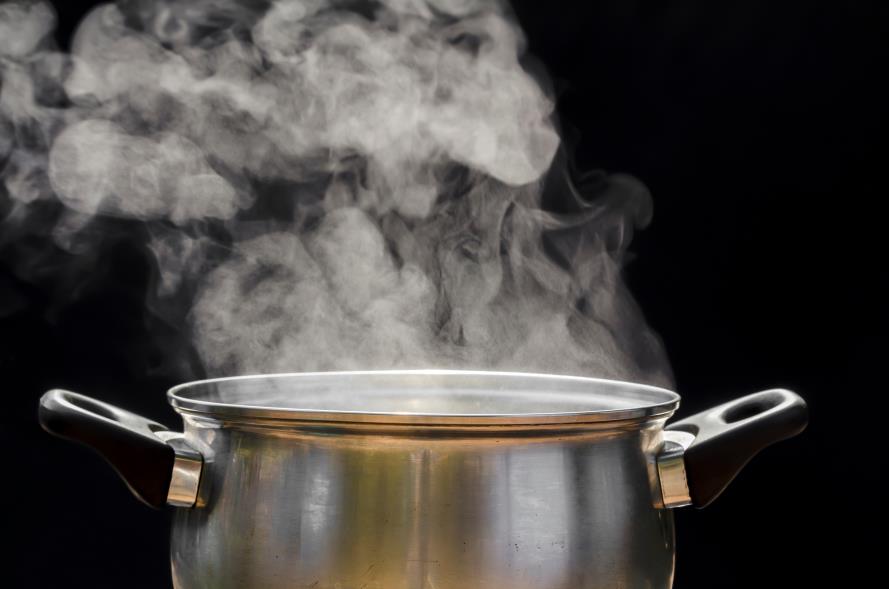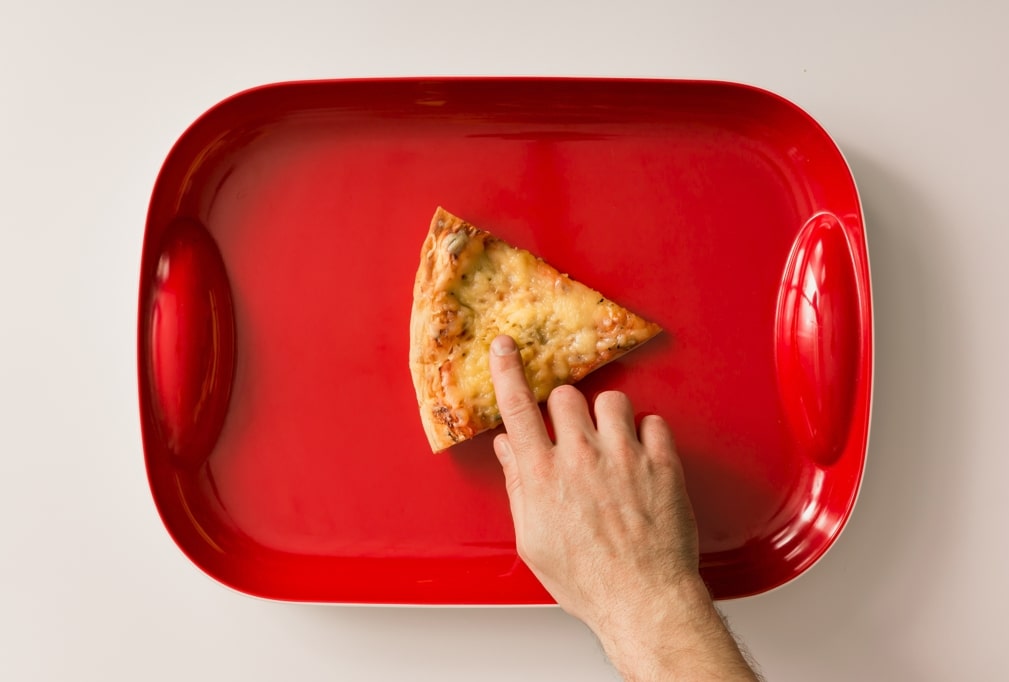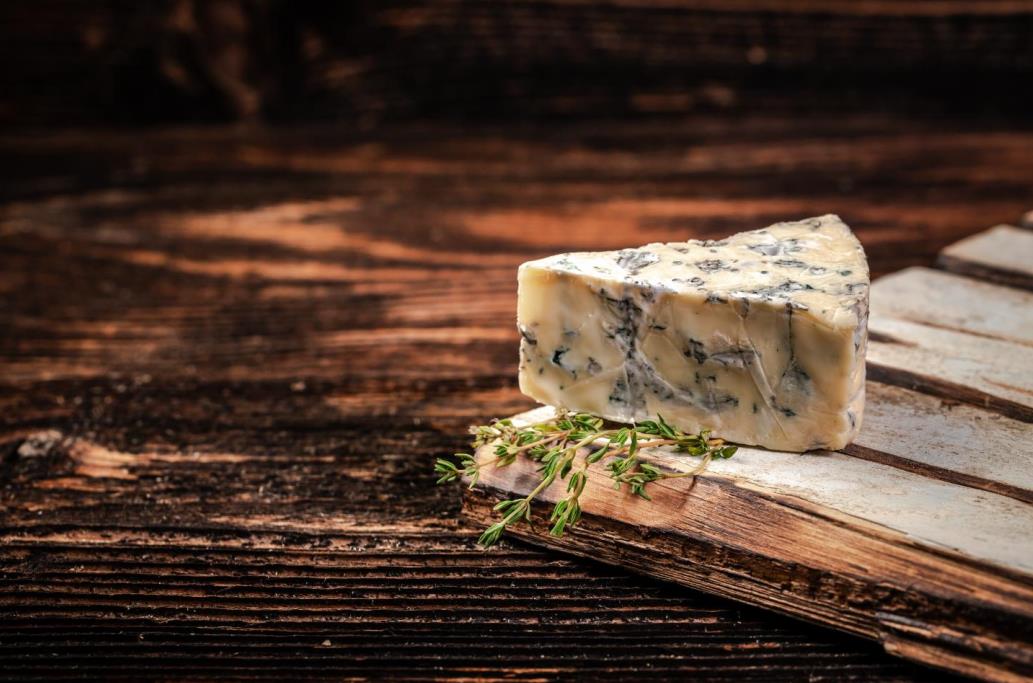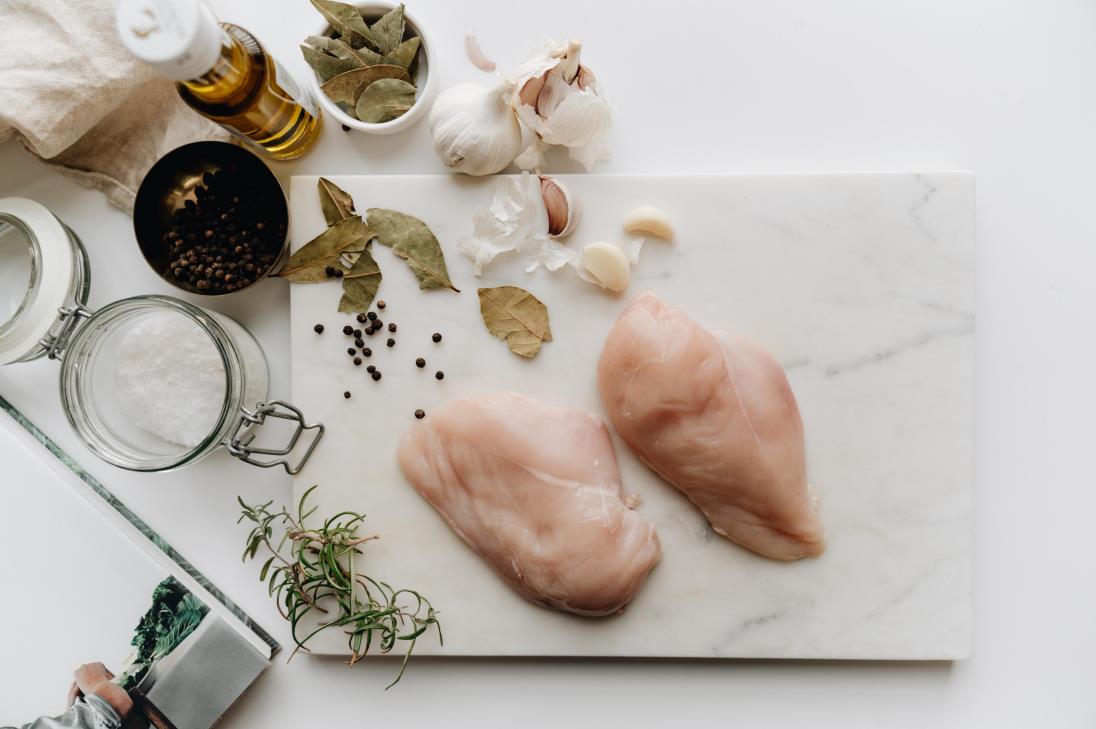A warped cutting board can be the difference between a smooth, efficient chopping experience and a time-consuming, dangerous one. Warping is a common issue with cutting boards, especially those made of wood or bamboo. Usually, exposure to excess heat, moisture, and wear and tear causes warping. But there’s no need to toss your misshapen cutting board in the garbage.
The best way to fix a warped cutting board is to use a combination of heat, moisture, and pressure. Soak the warped cutting board in hot water until it’s well saturated, then place it on a flat surface like a countertop or cutting board. Place a weight on top of the board, like a heavy pot, and let it sit for several hours. The heat and moisture will help relax the wood fibers, and the weight will help flatten them out.
This step-by-step guide will show you how to fix a warped cutting board using different methods. It will also explore the causes of warping and how you can prevent it from happening in the first place.
Table of contents
How to fix a warped cutting board?
Below are a few methods you’ll find helpful if you’re looking to turn around a warped cutting board.
Steaming the cutting board

The principle behind this method is to use heat and moisture from steam to make the wood fibers more pliable. Pliability, in this case, is when the fibers are more likely to go back to their original shape.
Essentially, wood fibers expand when they absorb moisture and contract when they dry out. So, by adding water in the form of steam, you can encourage the wood fibers to expand and flatten out again.
What you’ll need:
- A large pot or kettle
- Water
- A stovetop
- A colander
Below is a step-by-step guide on how to go about steaming your warped cutting board.
- Fill the pot or kettle with 1/3 to 1/2 full of water and place it on the stove. Bring the water to a boil until it starts to produce steam.
- Place the colander on the pot or kettle, allowing it to rest with its bottom part above the boiling water.
- Put the warped cutting board on top of the colander. Slowly bring the water to a simmer, allowing the steam to rise and envelope the cutting board.
- Let the cutting board steam for 1–2 hours, checking on it occasionally to make sure there’s still water boiling in the pot. (The board should start to look less warped after about 30 minutes.)
- Your cutting board should independently fix itself as the wood fibers relax and expand from the steam.
- Once the board fixes itself, take it off the colander and place it on a flat surface like a countertop.
If the board doesn’t flatten out by itself, apply light pressure until it does. You can place a heavy pot or book on top of the cutting board to help speed up the process.
Ironing the cutting board

The thought of an iron box on a cutting board might sound weird, but it does work. Ironing can be an excellent way to eliminate those pesky waves in cases where the board is less than an inch thick. Depending on the extent or severity of the warp, you may be able to fix it with a standard household iron.
Like the steaming method, heat will make the wood fibers more pliable and likely to revert to their original shape.
What you’ll need:
- An iron box
- A clean, wet towel
Follow these steps to iron out a warped cutting board:
- Position the board on a flat surface like an ironing board or countertop. If the warp is very severe, you may need to clamp the board down, so it doesn’t move.
- Place the wet towel over the warped board and carefully smooth it out as much as possible. Ensure it covers the entire surface of the board.
- Turn the iron to medium heat and gently move it over the towel in a circular motion. Be sure not to leave the iron in one spot for too long, as this could cause the board to scorch or burn.
- Steadily raise the iron’s temperature and use the steam button if your iron has one. The steam will help to loosen the wood fibers and make them more pliable.
- Remember to apply pressure as you go along. A combination of heat and pressure will help flatten the warped cutting board.
- Once you’ve gone over the entire board, remove the towel and let the board cool completely. Check to see if the warp is still visible. If it is, repeat the process until the board is flat.
High pressure to flatten the cutting board
We don’t mean hitting the cutting board with a hammer when we talk of high pressure. A simple stack of heavy items evenly distributed over the board can do wonders for a warped cutting board. The pressure will help push the wood fibers back into place and flatten the board.
You can use whatever you have around the house, such as:
- A stack of heavy pots and pans
- Several hardcover books
- An old microwave
The following steps will help you use this method:
- Place the warped cutting board on a flat surface like a countertop or table.
- Place your heavy items on top of the board, distributing them evenly across the surface.
- Leave the board for at least a day so the pressure can work its magic.
- Once the time is up, remove the heavy items and check to see if the warp is still visible. You can repeat the process if necessary.
How to prevent a cutting board from warping

It doesn’t matter how excellent the quality of your cutting board is; if you don’t take care of your wood, it will warp. The best fix is always prevention. Here are a few tips on how you can keep your cutting board in tiptop shape:
Oiling, storing, cleaning
Oiling your cutting board will help keep it from drying out and cracking. Use food-grade mineral oil, and apply it liberally to the board’s surface. Let it soak in for at least 15 minutes before wiping away the excess. You should do this once a month or more often if you use your cutting board frequently.
Cleaning the cutting board after each use is also essential. Experts recommend scrubbing it with a sponge or brush and hot, soapy water. You can also use a 50/50 mixture of vinegar and water. Rinse the board well and dry it with a clean towel. Avoid harsh chemicals or scrubbing pads, as these can damage the wood. After washing, dry the board immediately to prevent warping.
Store the cutting board in a cool, dry place when you’re not using it. If possible, keep it elevated on a drying rack or another surface to allow air to circulate freely. You should also avoid storing the board in direct sunlight, which can cause the wood to fade and warp over time.
What cutting board material is less prone to warp
Wood isn’t the only material used to make cutting boards, but it’s by far the most popular. While you can buy a bamboo, glass, or plastic cutting board, wood is still the best choice for most people.
That said, some woods are more warp-resistant than others. Hardwoods like maple, cherry, and walnut are less likely to warp than softwoods like pine and cedar. If you’re worried about your cutting board warping, stick to a harder wood. Also, the thicker the wood, the less likely it is to warp.
Handpicked for you
True cutting power in the palm of your hand
FAQs
How long does it take wood to warp?
Warping is a gradual process; it can take weeks or even months for wood to deform. However, warping can occur much faster if the board is exposed to extreme conditions like excessive heat or moisture.
Can you plane a warped board?
Planing is the process of removing the top layer of wood to even out the surface. You can use it to fix a warped board, but it’s not always effective. Moreover, it can be challenging to do without damaging the board. If you’re not experienced in woodworking, we recommend taking the board to a professional.
Closing
With the information in this article, you should now know how to fix a warped cutting board. The best way is prevention, but combining heat, moisture, and pressure should do the trick if you already have a warped board. If all else fails, you can always replace it with a new one. Taking care of your cutting board will ensure that it lasts for years.
You can visit our blog for more information about cutting boards and other kitchen tips. Check out our store for high-quality kitchen knives and other tools.












